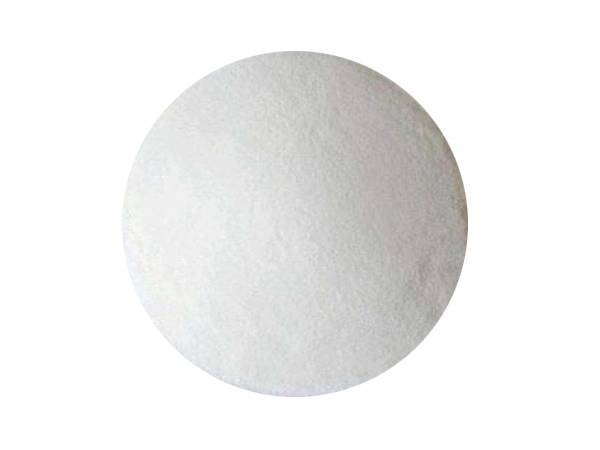



pure kno3
The Essence of Pure Potassium Nitrate (KNO3)
Potassium nitrate, scientifically represented as KNO3, is a compound that manifests itself as a white crystalline solid. This naturally occurring mineral, also known as saltpeter, plays a crucial role in various applications ranging from agriculture to food preservation, and even in pyrotechnics. Understanding pure potassium nitrate includes not just its properties but also its uses, benefits, and safety concerns.
Chemical Structure and Properties
The molecular formula of potassium nitrate reveals its composition one potassium ion (K+), one nitrogen ion (N3-), and three oxygen ions (O2-). This unique structure gives KNO3 its distinctive properties. It is highly soluble in water, making it an effective carrier of nutrients in liquid fertilizers. Potassium nitrate has a melting point of about 334°C (633°F) and decomposes upon heating, releasing nitrogen dioxide (NO2) and oxygen (O2). Its ability to act as an oxidizer makes it valuable in various industrial processes.
Agricultural Use
In agriculture, pure potassium nitrate serves as a vital source of potassium and nitrogen, two essential nutrients that support plant growth. Farmers often utilize it for producing high-quality fruits and vegetables due to its effectiveness in enhancing crop yields and improving the overall health of plants. The compound helps in the regulation of water uptake, enhances photosynthesis, and aids in the production of proteins, sugars, and starches within plants.
Moreover, potassium nitrate plays a critical role in the treatment of common soil deficiencies. It is particularly effective in nutrient management because it allows for a controlled release of nitrogen, which minimizes the risk of leaching—a concern that can lead to environmental pollution.
Role in Food Preservation
pure kno3

Beyond agriculture, pure KNO3 has historical significance as a food preservative. Commonly used in curing meats, potassium nitrate inhibits the growth of bacteria, thus extending the shelf life of products like cured meats and sausages. However, the rising health concerns over nitrite and nitrate consumption mean that its use in food preservation is increasingly scrutinized. While it is still approved for use in many countries, consumers are more conscious of the quantities they consume and the potential effects on health.
Applications in Pyrotechnics
Potassium nitrate is perhaps best known for its role in the field of pyrotechnics. It is a critical ingredient in the formulation of gunpowder, contributing to the mixture's explosive properties. When burned, it releases oxygen, which supports combustion and allows other materials, like charcoal and sulfur, to ignite more efficiently. This makes KNO3 a central component in fireworks and other explosive devices.
Safety and Handling Concerns
While pure potassium nitrate is widely used, it is essential to handle it with care. As a strong oxidizer, KNO3 can pose risks if not managed properly. Mixing it with combustible materials can lead to hazardous reactions, and thus it should be stored away from flammable substances. Additionally, exposure to dust or concentrated amounts can cause respiratory irritation.
Proper safety gear, including gloves and masks, should be employed when handling this compound in industrial settings. The potential for environmental impact due to runoff from agricultural use also necessitates cautious application practices.
Conclusion
Pure potassium nitrate embodies a multifaceted compound essential across a variety of fields. Its properties as a nutrient source in agriculture, a food preservative, and a component in pyrotechnics highlight its versatility. As advancements in science and environmental awareness evolve, the usage and regulation of potassium nitrate continue to adapt. Understanding its benefits and risks remains crucial, ensuring that we harness its strengths while mitigating potential hazards.
-
Why Sodium Persulfate Is Everywhere NowNewsJul.07,2025
-
Why Polyacrylamide Is in High DemandNewsJul.07,2025
-
Understanding Paint Chemicals and Their ApplicationsNewsJul.07,2025
-
Smart Use Of Mining ChemicalsNewsJul.07,2025
-
Practical Uses of Potassium MonopersulfateNewsJul.07,2025
-
Agrochemicals In Real FarmingNewsJul.07,2025
-
Sodium Chlorite Hot UsesNewsJul.01,2025










